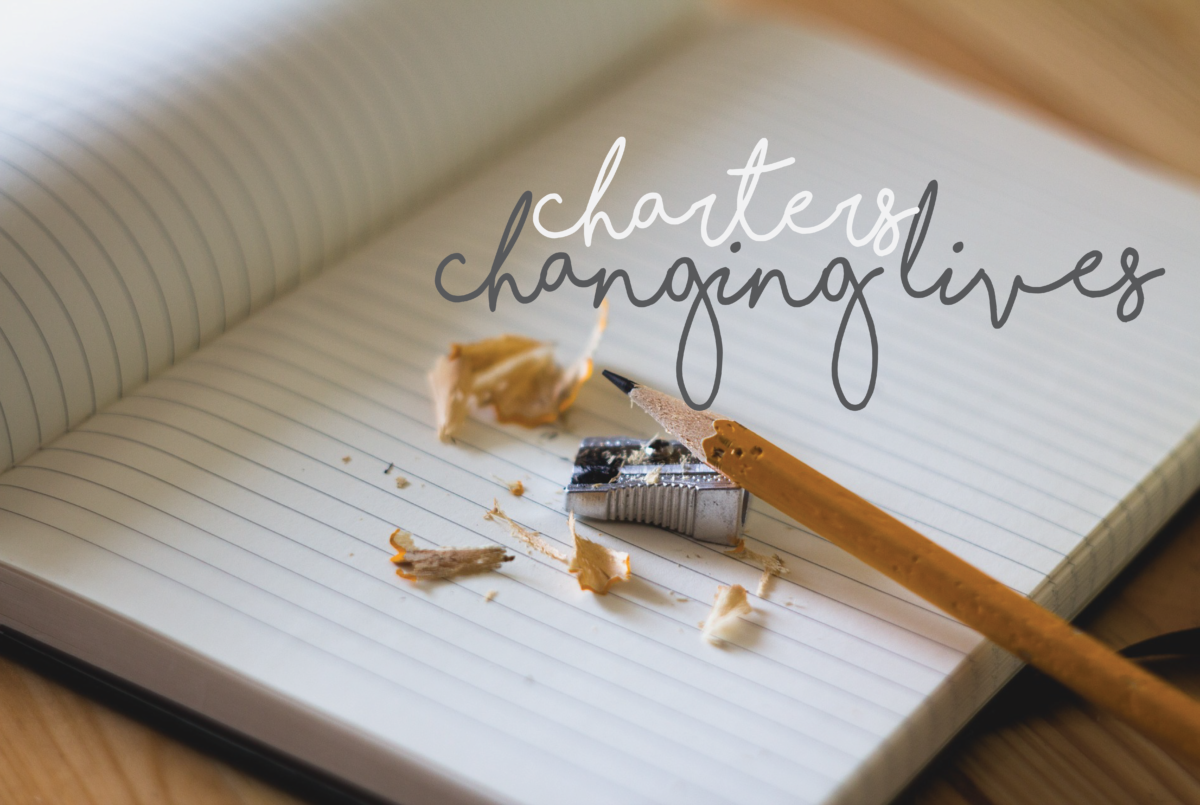By Jamar Younger
“Why not me?”
That’s the question 12-year-old Ruth Cox asked herself before gathering a team to compete in a STEM competition, the Honeywell Fiesta Bowl Aerospace Challenge.
“My oldest brother won the final competition and my other brother made it to the finals, so I always assumed that I would do this,” said Cox, a sixth-grade-student at Challenge Charter School in Glendale. So she called her close friends and fellow sixth graders, sisters Emily and Catherine Taylor, and Ada Stanley, and asked if they wanted to create a team: Team R.A.C.E, one letter for each of their names.
The girls spent six months researching gravity, various methods for growing plants, and other topics, as well as plenty of writing and model building. The goal: build a base on Mars moon Phobos where astronauts could survive in space and conduct experiments, but still live comfortably.
The team created a scale model of the base and a written report about an International Logistics Mission to colonize Phobos, a moon of Mars.
Their hard work and preparation yielded the ultimate prize: first place and a trip to space camp in June at the U.S. Space and Rocket Center in Huntsville, Ala.
A Plan Based on Living Rather than Surviving
The girls’ miniature base included a space for aeroponic and aquaponic greenhouses, labs, a gym, and living area where astronauts could sleep and cook.
The group not only emphasized safety, but also showed how the astronauts, who would most likely spend their life on the colony, would create lives in space.
“I think that was the difference between us and the other the teams. The other teams put an emphasis on safety and how they’re going to survive, and we did emphasize safety, but we also wanted to emphasize how they’re going to live,” Cox said.
As a result, the girls took special pride in the model’s design.
“I think the building part really helped us express the way we wanted it to be,” said Catherine Taylor. “The research, we definitely showed enthusiasm for, but with the model, we were like ‘look, this is us. This is what we want our astronauts to have and we definitely made our base homey’.”
The competition started with a semi-final round on Feb. 6 at ASU’s Polytechnic Campus, where Team R.A.C.E. impressed Honeywell Engineers enough to finish first among 300 other schools from across the state.
About three weeks later, the team had to deliver a 10-minute oral presentation, followed by a question-and-answer session with a panel of judges.
The girls balanced a seesaw of emotions, ranging from nervous and stressed, to shocked and surprised when they were announced as winners.
“I had tears in my eyes. We just kept hugging and high-fiving. Then my dad cried and that made want to cry,” Catherine Taylor said.
Her sister, Emily, experienced a different type of emotion.
“I don’t think I was surprised as much as shocked,” she said. “I finally realized what this was, like the whole big picture. The only thing I could remember was I couldn’t feel my legs.”
The team understood the significance of an all-female group winning one of the top STEM competitions in the country.
But they want people to focus more their accomplishment.
“I think we’re more interested in talking about science itself and the background behind it than having an all-girls team,” Catherine Taylor said.


